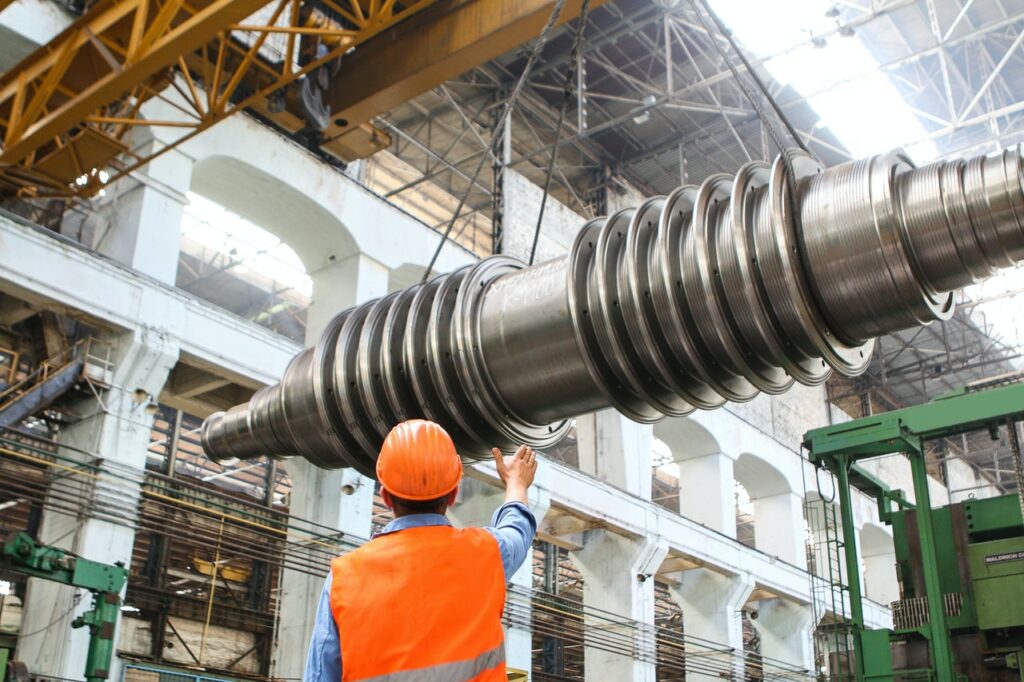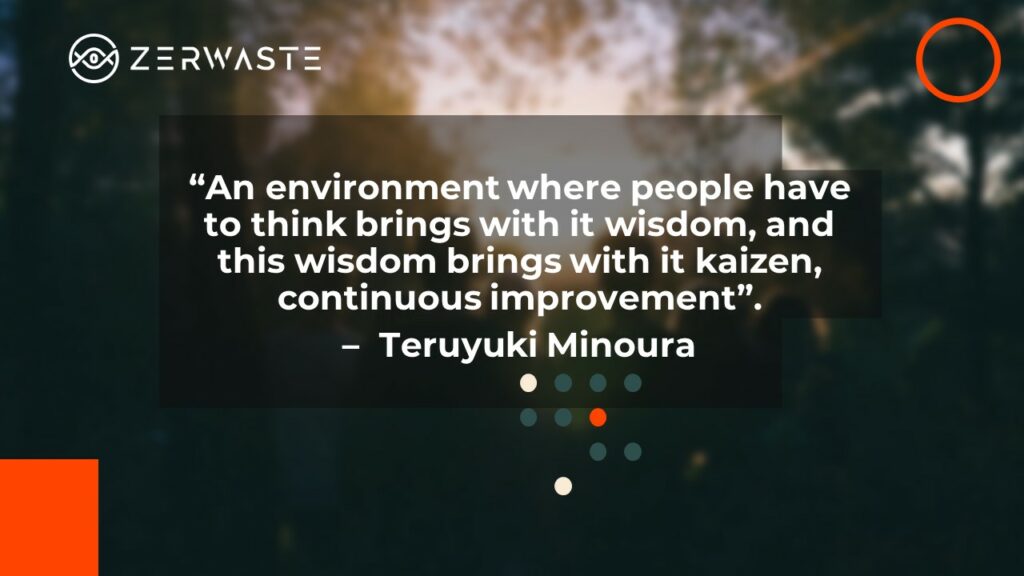This article is Part 5 of the “How to See Waste: the 7+1 Muda – Office edition” on the Zerwaste blog. In this post, I will explore the eighth waste of Lean: Non-utilized talent

Welcome back to my Lean Six Sigma Journey! In the past weeks, I have introduced the concept of Lean and explored its origins in the manufacturing field building on Henry Ford’s innovative approach to revolutionizing production processes and Japan’s Taiichi Ohno with Toyota Production System (TPS).
So far, we have learned that Lean is a transmittable, transmutable concept that can be abstracted and applied to every aspect of a business regardless of industry, be it in education, healthcare, software development, consultancy, and so forth. We have also learned that the first step to Lean is to identify all value-adding and non-value-adding activities. Your next step is to eliminate the wasteful activities.
By doing so, Lean allows you to cut waste and maximize the efficiency of your resources by focusing on only value-adding activities. In the simplest terms, Lean helps you cut the fat from your processes so you can focus on what matters. However, your work does not stop there. Lean invites you to apply those principles permanently and everywhere in your organization. This is called continuous process improvement which paves the way to operational excellence.
This brings us to our “How to See Waste” Series – Lean Office edition. With it, we want to open your eyes and help you see the individual as well as universal types of waste in an office environment. By doing so, we hope both businesses and individuals understand the importance of Lean thinking and can apply those principles in the office and beyond.
In the first post of the series, I introduced the eight types of waste which are as follows:
- Defects
- Overproduction
- Waiting
- Non-utilized Talent
- Transportation
- Inventory Excess
- Motion Excess
- Extra-processing
Lean Office: How Non-utilized talent Looks Like in an Office
In the office, The Muda of Non-Utilized Talent is considered the hardest to detect among the eight types of waste. It is the most subtle hidden type of waste but by far the most rewarding to eliminate. Recruitment in corporate offices is quite different than that in manufacturing because you are hiring for soft skills. This means there is a high possibility for candidates to go unnoticed or for them be assigned to positions below their skills and qualifications.

The Muda of Non-Utilized Talent is the failure to utilize the skills and capabilities of all your employees. It is failing to recognize your employees’ skills and even their contribution and not providing them with the needed time and resources to complete and improve their tasks. Human capital is by far the most valuable resource your organization has and its efficient performance lies entirely in the hands of your employees. In a lot of organizations, we see that having too many policies and regulations can sometimes stifle employees’ creativity and proactivity due to excessive bureaucracy and endless paperwork.
Moreover, we see a large number of cases where there is a real disconnect between employees and management where there is no feedback, no open communication, and no evaluations that allow the employees to offer their input safely and effectively. In other situations, managers can be too involved and practice micromanagement. Non-utilized talent can translate into frustration and demotivation among your employees due to broken processes or feeling unheard.
The Muda of Non-Utilized Talent in the office can take (but is not limited to) any of the following forms:
- Poor or no incentives
- Insufficient or inadequate training/cross-training/tools to perform tasks
- Deploying new systems or software without prior training
- No personal or professional development opportunities available to employees
- Not engaging employees in planning, organization, and innovation
- Nepotism or favoritism in hiring and recruitment
- Hiring highly paid or overqualified staff for routine tasks
- Overly limiting employees’ authority, responsibility, or input to conduct routine decisions or basic tasks

How to Eliminate the Muda of Non-Utilized Talent
A good exercise to reduce the Muda of non-utilized talent is to ask: “How can we recruit, train and retain the best people? What are the benefits of developing and nurturing a culture of the multi-skilled workforce? Do you want to hire a workforce that feels there is no room for contributing their opinions?”
Start with your recruitment process. Develop it in such a way that you can gauge people’s backgrounds and skills. Create a set of tests or a system that allows you to gather that kind of information about your candidates and how to act accordingly. Make sure to put in place onboarding plans that will allow you to get to know your new hires and their skillsets better.
Improvement ideas should come from the ground up. You need your employees’ input because they are the ones dealing with the product or the client directly. Management must evaluate and listen to every employee in the organization and invite them to contribute to continuous improvement. Managers in larger organizations where flat organizational structures are more difficult to achieve must create space for self-directed teams that are well trained and aligned.
Foster a culture of open doors, teamwork, training, feedback, clear leadership, and continuous improvement. Ensure that incentives, benefits, and compensations reflect the effort of the employees. Encourage your employees to speak up, take initiative, and practice ownership of their projects and areas of expertise. The worst thing you can do is make your employees feel unheard or excluded from innovation and process improvement.
Beyond recruitment, follow Lean principles such as Kaizen —often considered as the “building block” of all lean production methods; and utilize Lean tools such as Kanban (which I will discuss in later posts as part of the Lean Six Sigma Journey). Kanban is a popular Lean workflow management framework that strives to make processes more efficient and productive. Kanban Boards for instance allow you to use metrics to visualize tasks, maximize efficiency, increase focus, create synergy and improve continuously.




